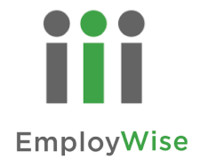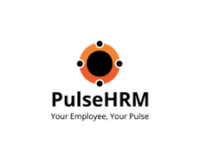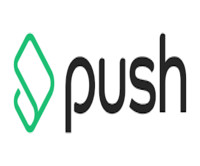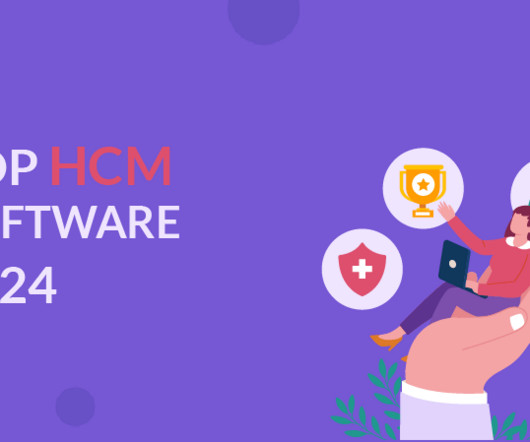EmployWise
HR Lineup
FEBRUARY 27, 2023
EmployWise’s payroll processing module is designed to automate the entire payroll process, from calculating salaries to generating pay slips. It also includes tools for managing tax deductions, employee reimbursements, and other payroll-related tasks. The post EmployWise appeared first on HR Lineup.

















Let's personalize your content